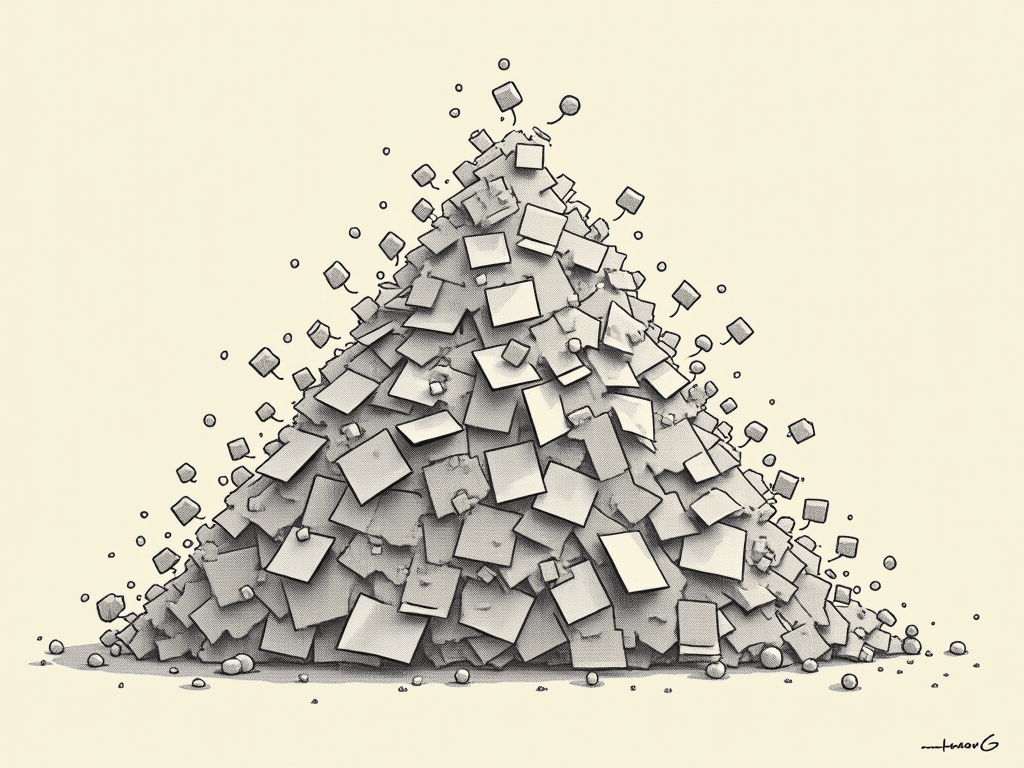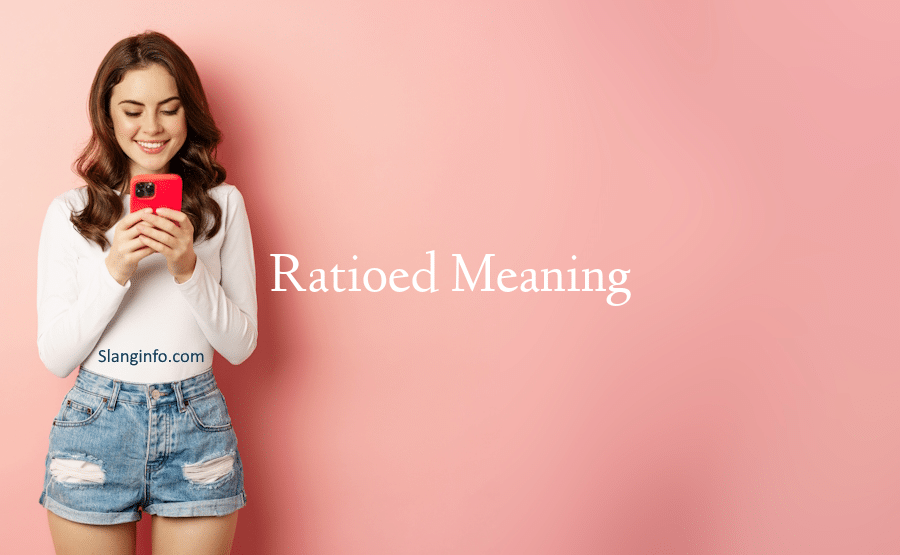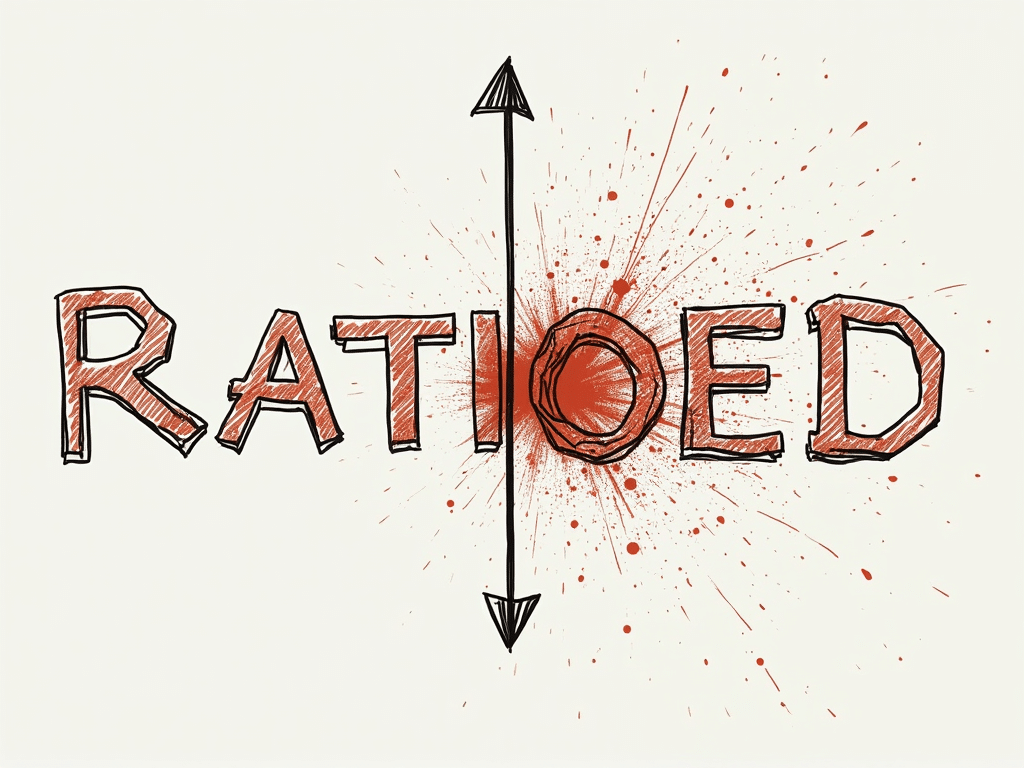Hey there, social media mavens! 🙌 If you’ve spent any time scrolling through Twitter or other platforms, you’ve probably seen the term “ratioed” thrown around. But what does it actually mean? And why does it seem to strike fear into the hearts of even the most seasoned internet veterans? Buckle up, because we’re about to dive into the wild world of ratios!
| Key Takeaways | Description |
|---|---|
| Definition | When a post receives more comments than likes or shares, often indicating a negative response |
| Origin | Emerged on Twitter as a way to gauge public opinion |
| Impact | Can lead to reputational damage, loss of followers, and public backlash |
| Significance | Reflects the power of collective opinion in the digital age |
Ratioed: The Social Media Phenomenon Explained

What Does “Ratioed” Really Mean? 🤔
Alright, let’s break it down. In the simplest terms, a post is considered “ratioed” when it receives significantly more comments than likes or shares. For example, if a tweet has 100 comments but only 10 likes, it’s been ratioed. 📉
But here’s the thing – it’s not just about the numbers. A high ratio of comments to likes usually indicates that people are disagreeing with or criticizing the post. It’s like the internet’s way of saying, “Yikes, this ain’t it, chief.” 😬
Also read: VATO Meaning
The Birth of the Ratio: A Twitter Tale 🐦

So, where did this whole ratio thing come from? Like many internet phenomena, it started on Twitter. The platform’s unique features – likes, retweets, and replies – made it the perfect breeding ground for the ratio.
One of the earliest known examples dates back to 2017, when a controversial tweet by a U.S. senator received thousands of critical replies but relatively few likes. Twitter users began pointing out the “ratio” as a way to gauge public opinion on the statement.
From there, the term spread like wildfire. 🔥 It became a shorthand way to call out posts that were unpopular, offensive, or just plain cringeworthy.
Also read: NGL
Why Posts Get Ratioed: A Recipe for Disaster 🙈
Now, you might be wondering – what makes a post worthy of a ratio? While there’s no exact formula, there are a few common ingredients:
- Controversial opinions: Expressing views that are divisive or unpopular can be a one-way ticket to Ratio Town.
- Offensive statements: Posts that are racist, sexist, homophobic, or otherwise discriminatory are prime targets for ratios.
- Factual inaccuracies: Spreading misinformation or making easily debunked claims? Prepare for the ratio wrath.
- Poor timing: Posting insensitive content during a tragedy or crisis is a surefire way to get ratioed.
Of course, sometimes ratios can be more complex. In the era of cancel culture and online activism, ratios can also reflect broader social and political tensions.
The Anatomy of a Ratio: How It Happens 🔍

So, how does a ratio actually happen? It’s a perfect storm of algorithms, hashtags, and good old-fashioned internet outrage.
When a controversial post starts gaining traction, social media algorithms can actually amplify its reach. The more people engage with the post – even through critical comments – the more the platform’s algorithms will push it into people’s feeds. 📈
Hashtags and trending topics can also fuel the ratio fire. If a post relates to a hot-button issue or current event, it can quickly get swept up in the larger conversation.
And let’s not forget the power of online communities and organized groups. In some cases, users will deliberately target posts they disagree with, using their collective influence to drive up the ratio.
Also read: Goofy Ahh
Ratio Hall of Fame: Notable Examples 🏆
Over the years, there have been some truly epic ratios. Here are a few hall-of-famers:
- The “Covfefe” Ratio: In 2017, President Donald Trump’s infamous “covfefe” tweet was met with a tsunami of mocking replies and memes.
- The “Kendall Jenner Pepsi Ad” Ratio: When Pepsi released a tone-deaf ad featuring Kendall Jenner in 2017, the internet responded with a barrage of critical comments and a sky-high ratio.
- The “Oscars So White” Ratio: In 2015, the Academy Awards faced backlash for its lack of diversity, with the hashtag #OscarsSoWhite sparking a flood of critical replies to the organization’s posts.
These examples showcase the power of the ratio to hold public figures and institutions accountable and to amplify marginalized voices.
The Impact of Being Ratioed: When the Internet Claps Back 👏
Alright, let’s talk consequences. Getting ratioed isn’t just a bruise to the ego – it can have some serious real-world impacts. Here’s what can happen when the ratio hits hard:
- Reputational Damage: A bad ratio can tarnish someone’s online reputation faster than you can say “YOLO.”
- Loss of Followers: People might jump ship if they see you getting consistently ratioed.
- Public Apologies: Many ratioed individuals end up issuing public statements or apologies.
- Career Consequences: In extreme cases, a ratio can lead to job loss or career setbacks.
I once saw a local business get ratioed after posting an insensitive joke. Within hours, their Yelp page was flooded with negative reviews, and they had to close their social media accounts. It was a harsh reminder of how quickly things can spiral online.
Also read: TIFU
Avoiding the Ratio: Tips for Safer Posting 🛡️
Now, you might be thinking, “How do I avoid getting ratioed?” While there’s no foolproof method (because let’s face it, the internet can be unpredictable), here are some tips:
- Think before you post: Take a beat and consider how your words might be interpreted.
- Know your audience: Understand who follows you and what they expect.
- Stay informed: Keep up with current events to avoid tone-deaf posts.
- Be authentic: People can smell inauthenticity from a mile away.
- Own your mistakes: If you mess up, apologize sincerely and learn from it.
Remember, it’s okay to have opinions, but expressing them respectfully and thoughtfully can go a long way in avoiding the dreaded ratio.
The Future of Ratios: What’s Next? 🔮
As social media evolves, so too will the concept of ratios. Here are some trends we might see:
- Platform Changes: Social media sites might adjust their algorithms or introduce features to combat negative ratio effects.
- New Metrics: We could see new ways of measuring public opinion beyond simple ratios.
- Ratio Fatigue: As ratios become more common, their impact might diminish over time.
One thing’s for sure – as long as people have opinions (and trust me, on the internet, everyone has opinions), some form of public feedback like ratios will stick around.
Also read: Banter
The Bottom Line: Navigating the Ratio Landscape 🧭
At the end of the day, ratios are a double-edged sword. They can be a powerful tool for holding people accountable and amplifying important voices. But they can also contribute to pile-ons and online harassment.
So, what’s the takeaway? Here are some final thoughts:
- Be mindful: Think about the potential impact of your posts before hitting “send.”
- Stay critical: Don’t just jump on the ratio bandwagon – form your own opinions.
- Use your voice wisely: Engage in constructive criticism rather than pile-ons.
- Learn and grow: If you get ratioed, take it as a learning opportunity.
Remember, at the heart of every ratio is human emotion and opinion. Treat others with empathy, even when you disagree. And if you find yourself on the receiving end of a ratio, don’t panic. Take a deep breath, step away from the screen if needed, and remember – this too shall pass.
So, the next time you see a post with more comments than likes, you’ll know – you’ve just witnessed a ratio in the wild. Whether you choose to engage or just observe, you’re now equipped with the knowledge to navigate this fascinating aspect of our digital world.
Stay savvy, stay kind, and may your ratios always be in your favor! ✌️
Want to dive deeper into the world of internet culture? Check out our articles on Gen Z slang and meme culture. Trust me, your social media game will never be the same!







